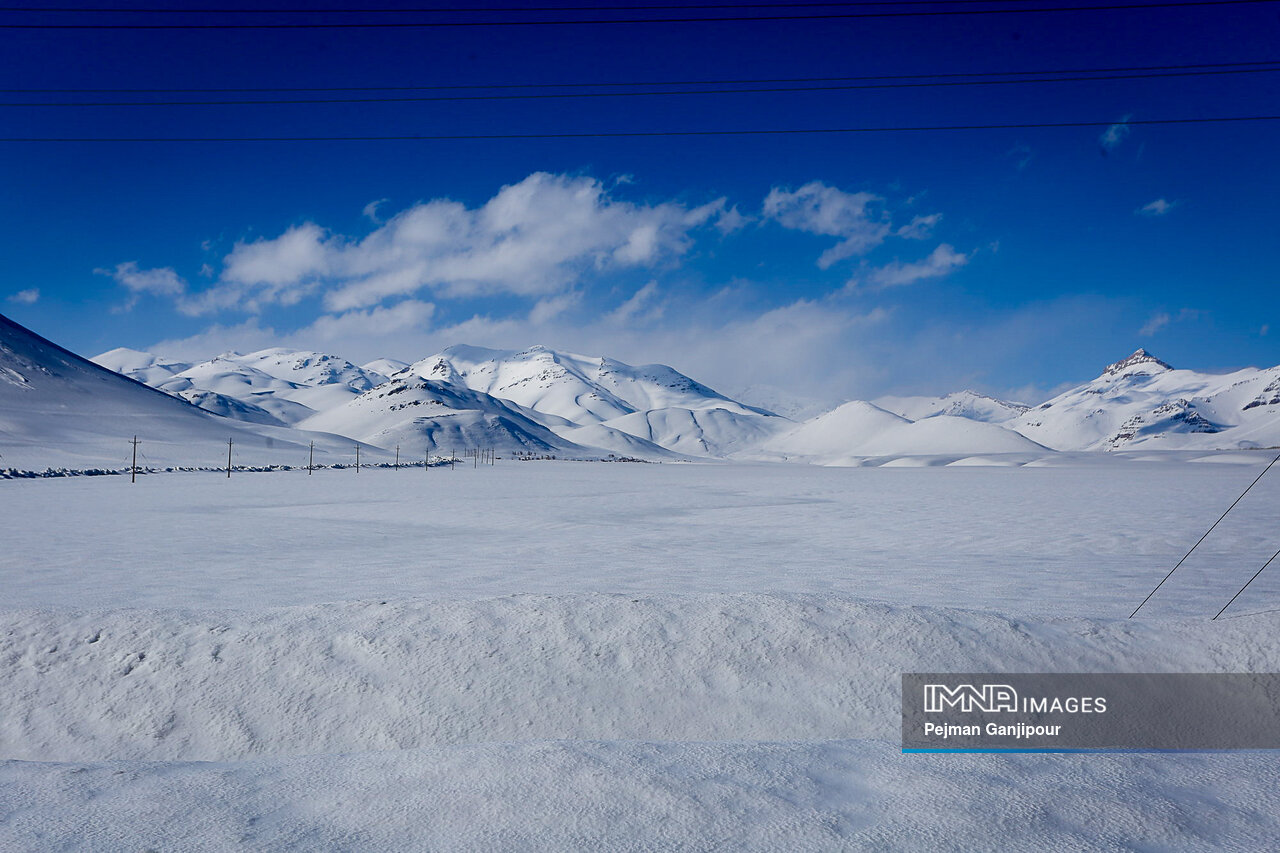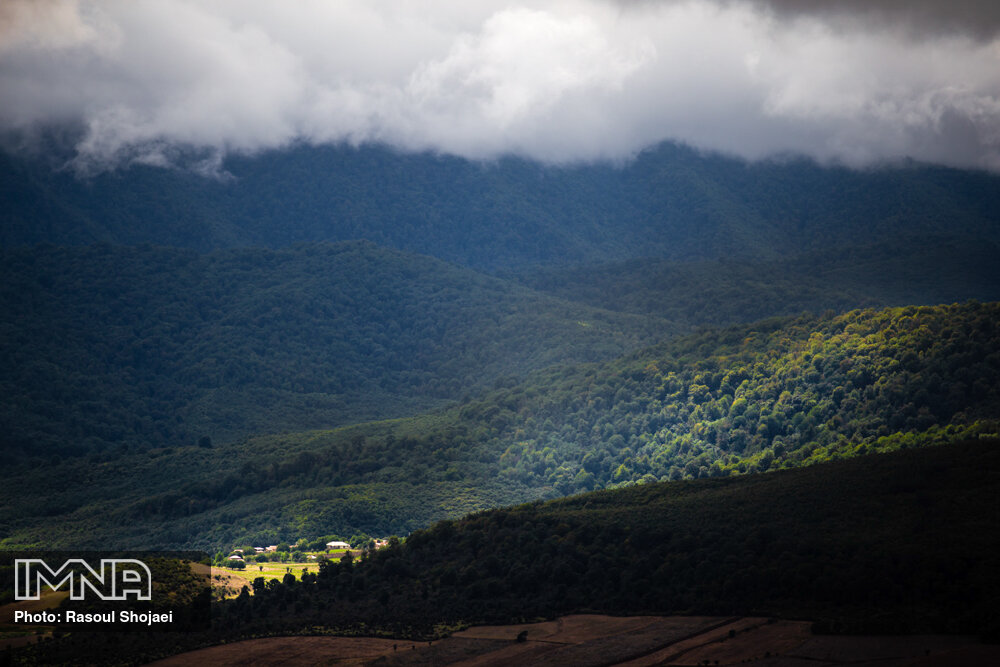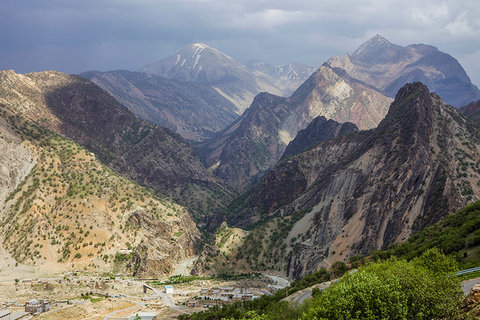Iran (IMNA) - Nowadays, the constant flow of people and resources into and out of mountains exacerbates the problems they confront. Even inaccessible mountain spots at high altitudes are polluted as a result of human activities. Pollutants can be transferred to mountains by orographic processes and may accumulate in lake sediments, peat bogs, and other mountain wetlands, depending on rainfall, snowfall, and wind patterns. Temperature-dependent partitioning between air and atmospheric particles, snow surface, or water droplets determines dry and wet deposition rates, which can result in fractionation and deposition of various pollutants at different altitudes.
Pollution of mountain waters with chemical compounds, a major concern confronting civilization, is thus inextricably related to climate change and extreme weather. Climate extremes are thought to promote the release of pollutants held in ice, soils, or sediments through flood events, and hence play an important role in the redistribution of chemical pollutants.

Impact of climate change on mountains
Aside from these direct effects, people have altered the global climate. Mountains are extremely fragile habitats that are particularly vulnerable to climate change and the effects of human activity. Climate change is a global concern, but its impact on mountains is especially severe and alarming. Climate change-induced warming and weather extremes are more intense in high altitude places.
As with high latitudes, where ice melt is significantly faster than expected, elevation increases the rate of warming. This means that high mountains are seeing more rapid temperature fluctuations and significantly larger differences in daily temperatures than lowland locations. Glaciers are melting at an increasing rate, and snow cover is decreasing and extremely unpredictable between years. Furthermore, intense rain events that cause torrents and floods, as well as spells of no rain that dry up alpine landscapes, have been shown to become increasingly frequent. All of this has significant repercussions for ecology, wildlife, and human society.

Many characteristics and attributes are shared by high-altitude places across the world. All of them have one thing in common: despite being regarded a severe climate with short vegetation seasons, they are home to a large number of various species that have adapted to such a hostile environment.
Climate change exerts huge strain on them, resulting in significant changes in those biological communities owing to changes in species abundance, species loss, and species range shifts. Ecosystems function as a result of interactions between organisms and their surroundings. Changes in the mountains will result in the loss of vital ecosystem services, posing hazards to our collective well-being.
These human influences on mountain ecosystems disrupt biodiversity at all trophic levels, affecting everything from bacteria and plankton to larger species, with unclear ramifications for the ecosystem as a whole.
Mountain ecosystems need balance
Microorganisms help plants and animals adapt to their surroundings by improving temperature tolerance, for example. By battling with viruses and parasites and moderating diseases symptoms, they build biological barriers against them. They facilitate the synthesis of essential nutrients for their animal or plant host, which boosts energy absorption and development and may have far-reaching effects by boosting reproductive success.
Micro-organismic communities in ecosystems also serve as a defense against non-native species and increase the resilience, resistance, and tolerance of ecosystems. Most crucially, microbiological populations are responsible for crucial ecological processes as carbon fixation, energy fluxes, and nutrient cycling. For instance, the interactions between microorganisms and plankton form the foundation of the aquatic food web and control how the biogeochemical cycles run, which together account for more than half of the world's carbon fixation.

Any disruption to the population of microorganisms can thus have far-reaching consequences for species and ecosystems. For example, the flood of pollutants, along with other climate change impacts, may disrupt biodiversity across all trophic levels, from microorganisms and plankton to larger species, with unknown repercussions for the entire ecosystem.
Changes in mountain ecosystems will cause eutrophication, biodiversity loss, and a reduction in the supply of safe drinking water, but they will also give birth to wildlife and human pathogens, increasing the likelihood of contagious diseases that spread from non-human animals to people. We are still in the early stages of understanding the functioning ecology of mountain ecosystems, but worldwide research indicates that altering the communities will harm the environment, biodiversity, and our life-support system.


Your Comment